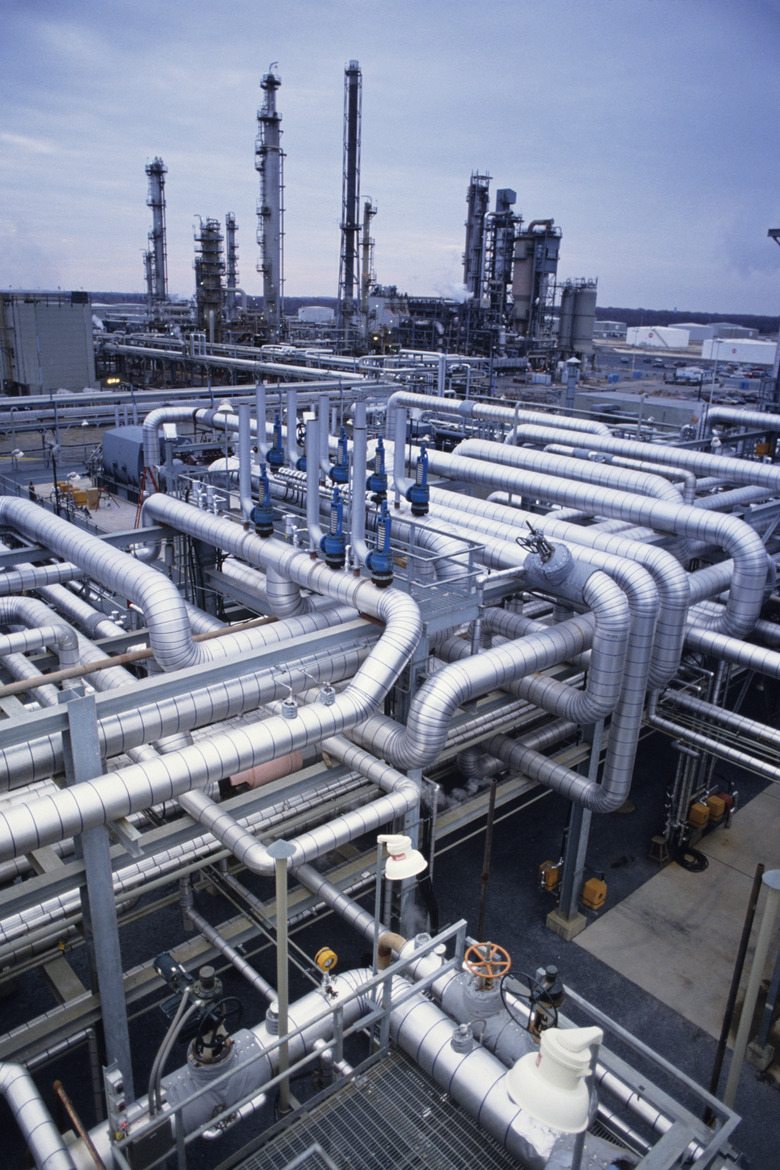Importance Of An EIA In Environmental Protection
When a construction project is proposed and designed, that project may affect the environment; including impacts on water or air quality, economic disruption for a community, or even impacts on social interactions. These possibilities need to be evaluated so that negative effects can be minimized or made up for somehow through other avenues. Environmental Impact Assessments (EIA) are documents that contain detailed analyses of proposed projects that may have environmental, social and economic impacts. They are required for major Federal actions and some states require an EIA or a similar document for projects, some of which can be even more stringent. The importance of an environmental impact assessment is to insure that impacts are evaluated in order to protect the environment and the quality of life for humans and organisms in that vicinity and beyond.
TL;DR (Too Long; Didn't Read)
EIA stands for Environmental Impact Assessment. EIAs are required for many projects undertaken or approved by government agencies.
The Importance of Establishing a Baseline
The Importance of Establishing a Baseline
One of the most important components of an EIA is the collection and analysis of baseline data. Baseline data means the state of the ecosystem as it exists prior to the project and its potential affects. In an EIA, baseline data describes the current socioeconomic, biological and physical conditions of the immediate area and any area the project is predicted to affect. Relevant data is collected by scientists and the baseline condition is established. The importance of a baseline survey is that it allows scientists to see how actions performed during the construction project may affect these conditions.
The Meat of an EIA: Environmental Impacts
The Meat of an EIA: Environmental Impacts
The EIA explores both positive and negative impacts. It even explores possibilities for enhancing the environment, such as improving wetland areas as part of the project and enhancing economic opportunities in the area. It also identifies gaps in baseline data and outlines uncertainties in predictions. But perhaps most importantly, it identifies possible negative impacts and suggests ways to minimize them in cases where negative impacts are unavoidable. One of these ways is to improve other areas in order to compensate for negative impacts in one area. For instance, enhancing native vegetation in an area that has high surface water run-off could improve water quality and offset the negative impact.
Analysis of Alternatives
Analysis of Alternatives
All reasonable alternatives are taken into account, including the effect of taking no action. Alternatives also include project redesign, alternative sites, and alternative technologies and construction techniques. The EIA examines all of these with an eye towards minimizing impacts to the environment and allowing decision makers to choose the best alternatives to protect and enhance environmental quality.
A Well-Thought-Out Project
A Well-Thought-Out Project
The EIA allows government officials, industry project managers and citizens to participate in the process of developing the EIA. Public comments are essential to the process and are sought after in several open meetings. In addition, scientists are required to respond to such comments and incorporate them into the analysis. The EIA is an important document that is comprehensive and well thought out and essential to minimizing negative impacts on the environment.
Cite This Article
MLA
Schab, Terri. "Importance Of An EIA In Environmental Protection" sciencing.com, https://www.sciencing.com/importance-eia-environmental-protection-15523/. 16 July 2018.
APA
Schab, Terri. (2018, July 16). Importance Of An EIA In Environmental Protection. sciencing.com. Retrieved from https://www.sciencing.com/importance-eia-environmental-protection-15523/
Chicago
Schab, Terri. Importance Of An EIA In Environmental Protection last modified August 30, 2022. https://www.sciencing.com/importance-eia-environmental-protection-15523/
